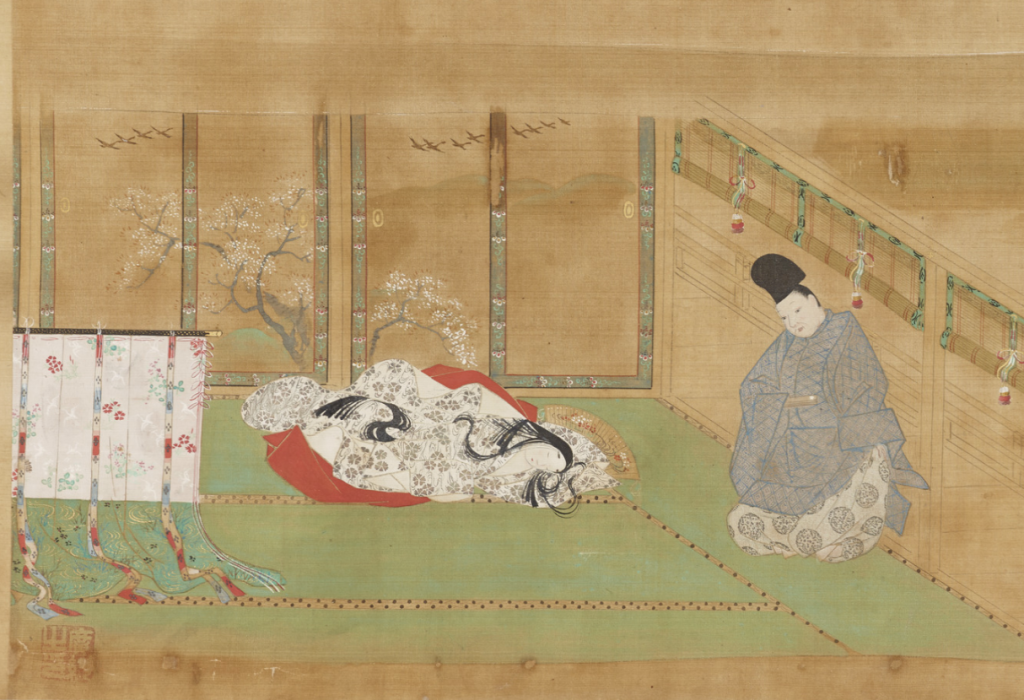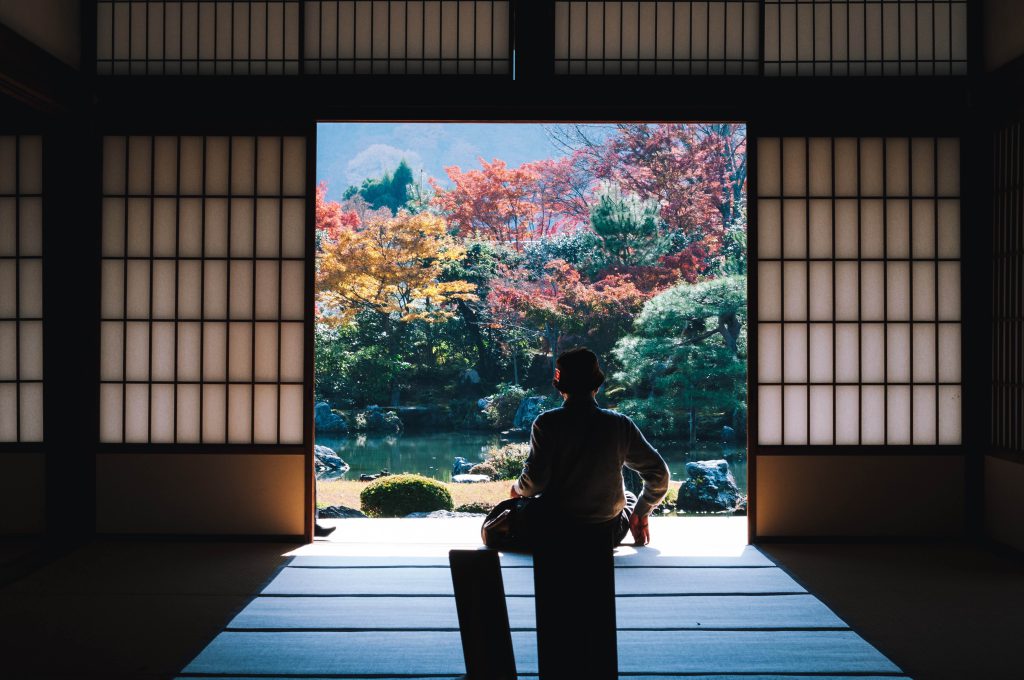The Mechanism of Fusuma
The Fusuma is a uniquely Japanese fixture that originated to divide space within a building.
It consists of a wooden lattice as the structural material, with paper underlay on both sides, paper or paper-lined cloth as the finishing touch, and a narrow black lacquered edge around the lattice.
A sliding door is technically called a “Fusuma Shoji,” and its characteristics are that it is a sliding door, not a door-like mechanism and that it is light. Another important feature of Fusuma is that they can be renewed by replacing the paper on the front, and the atmosphere can be changed.
Usually, two sliding doors are combined to form a sliding door.
Although rarely used in modern urban apartments, it is still one of the essential fittings for building a traditional Japanese house.

Unique Japanese Culture
Fusuma sliding doors can be strictly divided into Fusuma Shoji and karakami Shoji, depending on the material of the paper used for the front, but both are thought to have originated in the middle of the Heian period (8th-12th century). This is based on the fact that they are depicted in many Emaki(picture scrolls) including “The Tale of Genji” painted in this period. It is believed to have been established as a fixture at least by the late Heian period.

You can see the Fusumas behind of the lady crying. “The Tale of Genji” paintings by Sumiyoshi Gukei (1631–1705) (from Colbase[https://colbase.nich.go.jp/])
At that time, there were no such sliding doors in mainland China or on the Korean peninsula (and even today they are not usually used). It is believed to have developed as a uniquely Japanese culture after the abolition of the Japanese envoy system (the Japanese envoys to Tang Dynasty China), which imported various cultures from the Chinese mainland.
What is Akari Shoji?
A Shoji is a fixture similar to a Fusuma sliding door. This is officially called akari-Shoji, and is one of the traditional Japanese fittings, along with Fusuma Shoji and karakami Shoji.
The word “Shoji” originally means “things prevent,” and Fusuma Shoji and karakami Shoji are both used to block out light.
Akari-Shoji, on the other hand, is made with white paper on only one side to allow light to penetrate easily. These sliding doors first appeared in documents from the late Heian period (794-1185), so they are thought to have been created a little later than Fusuma Shojis.

As an Art Canvas
As Japanese architectural styles changed from the Muromachi period (1336-1573) to the early Edo period (17th century), people started to paint not only Fusumas but also Byobu or Tsuitate(both partitions), and walls.
Especially, Fusuma-e not only served the purpose of creating a space for the master to entertain guests, but also to express his own authority.

Hasegawa Tohaku “Pine Forest”(16th century/National Treasure/from Colbase[https://colbase.nich.go.jp/])
Many of the Fusuma paintings of this period were created by priests and expert painters. In the Muromachi period (1333-1573), when the Zen philosophy permeated the Japanese art scene, Kano Masanobu, the founder of the Kano school, which later became the largest school of Japanese painting in history, painted Fusuma-e as an official painter for the shogun’s family.
Later, during the Azuchi-Momoyama period (1568-1600), Kano Eitoku, Hasegawa Tohaku, Kaihoku Yusho, and others appeared. Painting styles varied, and many of these works are of high value in the history of Japanese art.
Fusuma sliding doors were not only a common fixture in every house but also a canvas in this period.

A Fusuma-e(Fusuma painting) in the Chion-in temple in Kyoto

